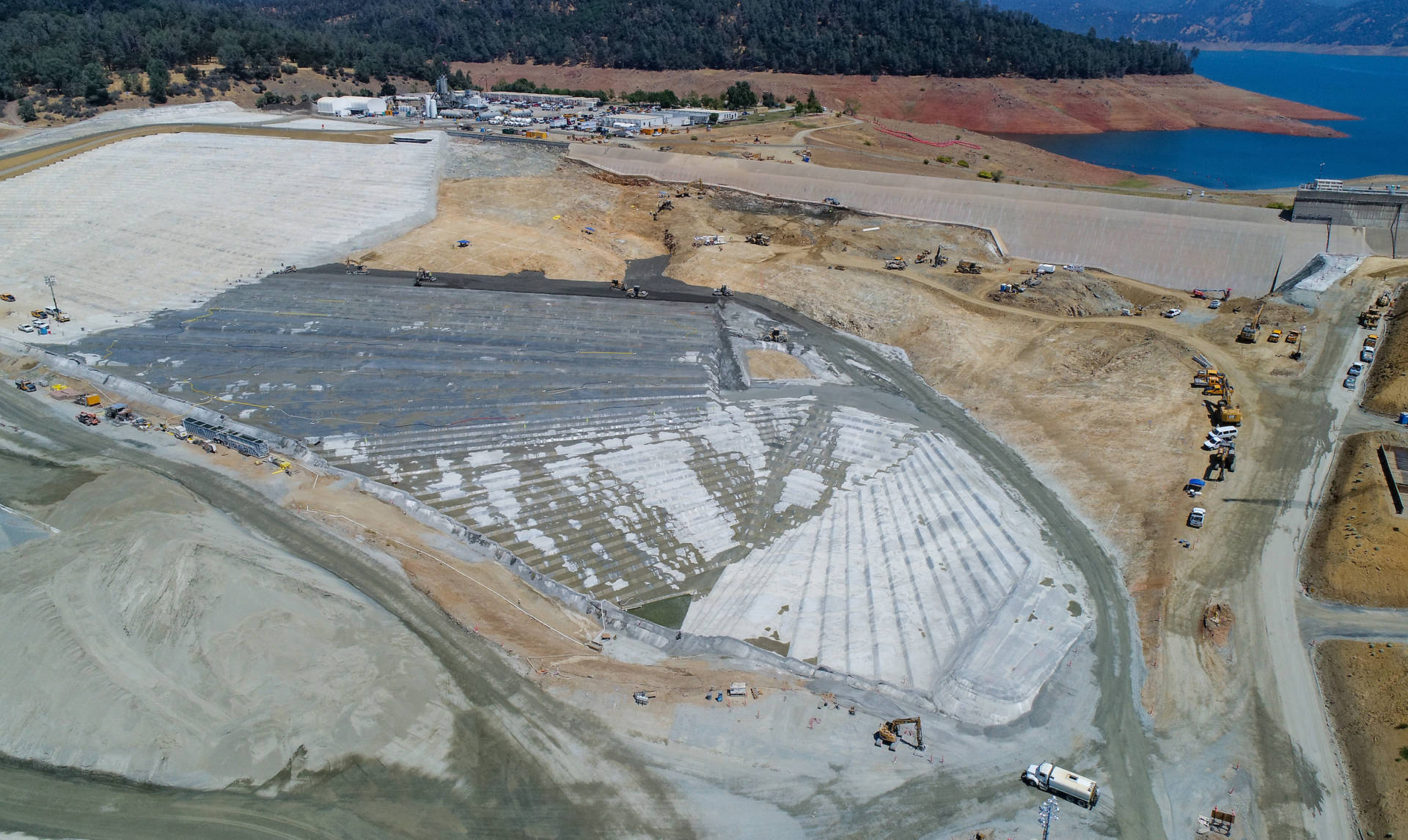The California Department of Water Resources says the cost of the Oroville Dam spillway disaster -- the combined price tag for the emergency response, debris removal and rehabilitating the shattered main spillway structure and adjoining emergency overflow channel -- has hit $1.1 billion.
Wednesday's announcement, made during a telephone media briefing, is the second time this year that the reported cost of the spillway incident has jumped by 25 percent or more. In January, DWR estimated the project cost at $870 million.
The department's original estimate for the cost of the February 2017 spillway failure and its aftermath -- a guess made before the rapid erosion of the emergency spillway prompted the evacuation of about 188,000 people from communities along the Feather River below the dam -- was between $100 million and $200 million.
The agency said the estimated cost of construction has risen from $500 million to $630 million. The estimate for related cleanup work, including agency staff time and future cleanup and restoration of the massive job site, has risen from $210 million to $310 million. The rest of the price tag -- $160 million -- is for the initial emergency response and remains unchanged from earlier this year.
DWR spokeswoman Erin Mellon said during Wednesday's briefing that the $130 million in increased construction costs is due to the need for additional crews to help rebuild the main spillway by Nov. 1 and for work to limit erosion in the adjoining emergency spillway if it overflows again.
